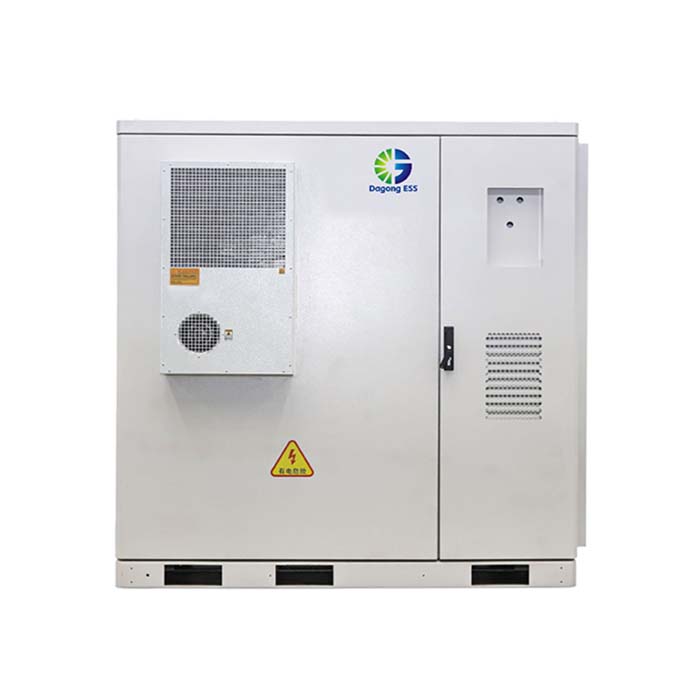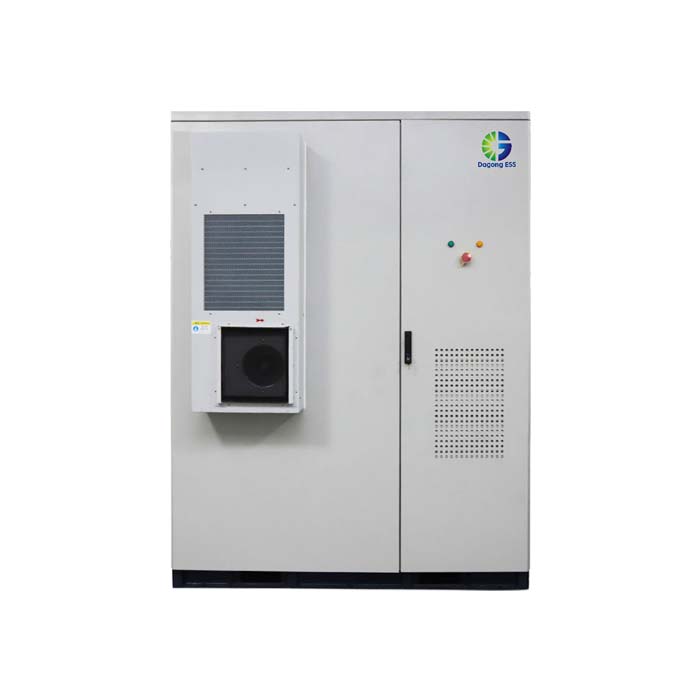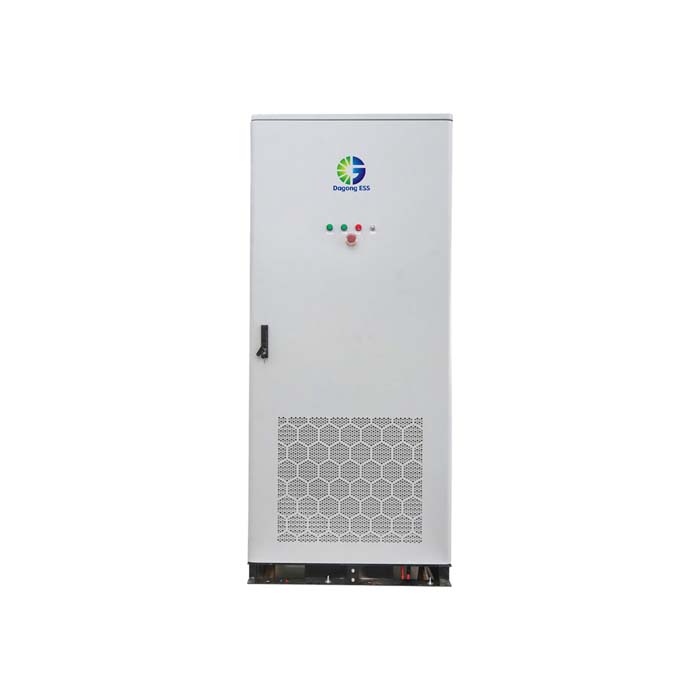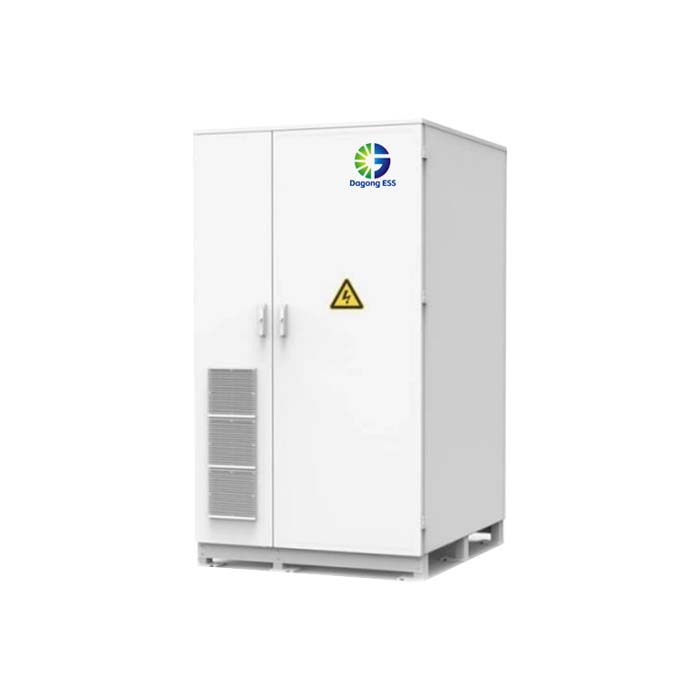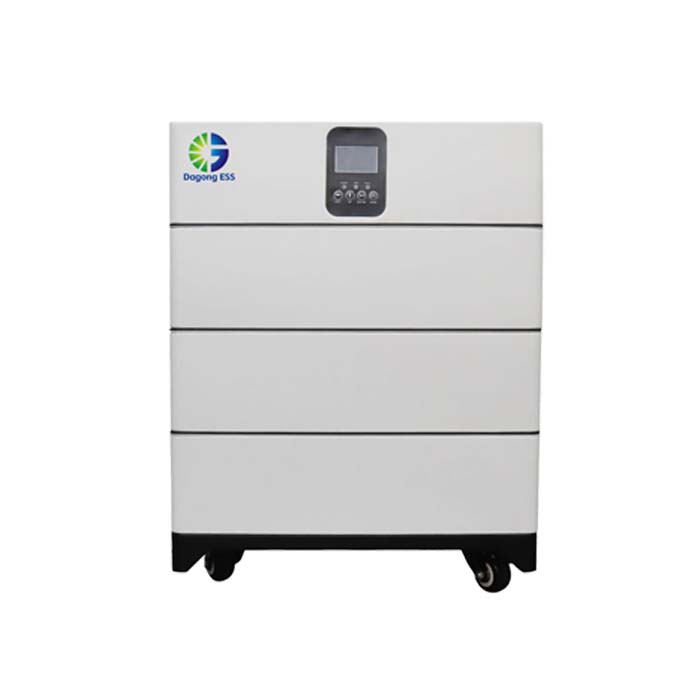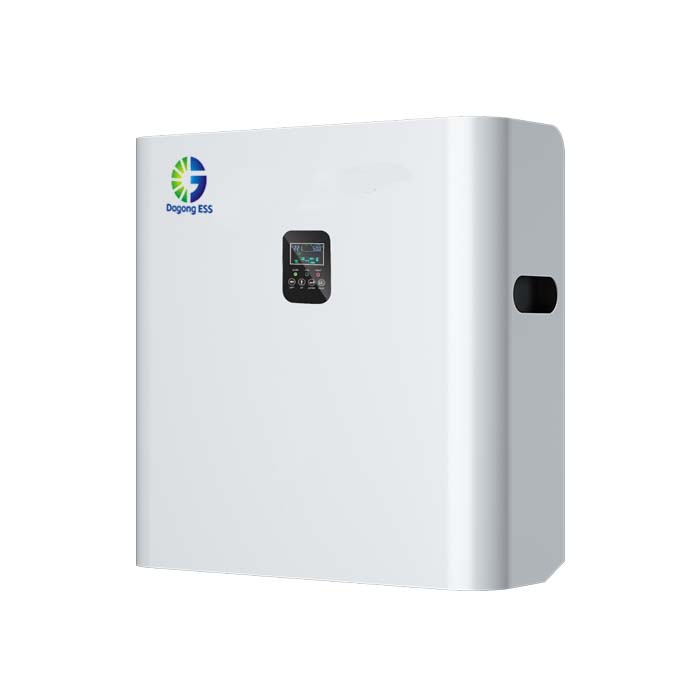Thermal Management for Commercial & Industrial Energy Storage Systems
Why Do Energy Storage Systems Require Thermal Management?
Energy storage batteries (e.g., lithium-ion batteries) generate heat during charging and discharging, and extreme temperatures can significantly impact performance:
High-Temperature Risks: May lead to thermal runaway, potentially causing fires or explosions.
Low-Temperature Effects: Reduced battery capacity, lower charging efficiency, and even operational failure.
Temperature Imbalance: Excessive internal temperature differences accelerate aging and shorten lifespan.
Thus, energy storage systems must incorporate an efficient Thermal Management System (TMS) to maintain batteries within the optimal operating range of 15–35°C.
Air Cooling vs. Liquid Cooling: A Technical Comparison
(1) Air Cooling System
How It Works?
Uses forced air cooling (fans) or natural convection to dissipate heat from batteries into the environment.
Key Advantages:
Low Cost – Simple structure, no complex coolant or pump/valve systems required, lower initial investment.
High Reliability – No risk of liquid leakage; easy maintenance (only periodic fan cleaning needed).
Lightweight – Suitable for weight-sensitive applications (e.g., residential energy storage).
Limitations
Lower Cooling Efficiency – Air has lower specific heat capacity, making it suitable only for low-rate (<1C) charge/discharge.
Poor Temperature Uniformity – Prone to hotspots within battery packs, potentially affecting long-term lifespan.
Environmental Dependency – Cooling efficiency drops in high-temperature or high-humidity conditions.
Ideal Applications
Small to medium-sized energy storage systems (e.g., home energy storage like Powerwall, telecom backup power).
Low charge/discharge frequency applications (e.g., solar-coupled storage, 1–2 cycles per day).
Temperate climates (ambient temperatures of 0–40°C).
(2) Liquid Cooling System
How It Works ?
Utilizes coolant (water/glycol) circulating through battery modules or cold plates to directly absorb and remove heat.
Key Advantages
High Cooling Efficiency – Liquid has 3–5x higher specific heat capacity than air, ideal for high-rate (≥1C) charge/discharge.
Precise Temperature Control – Maintains temperature uniformity within ±3°C, significantly extending battery life.
Superior Environmental Adaptability – Can integrate heating functions (PTC/heat pumps) for extreme conditions (-30°C to 50°C).
Compact Design – Suitable for high-energy-density systems (e.g., grid-scale storage).
Limitations
Higher Cost – Requires pumps, piping, and heat exchangers, increasing initial investment by 30%–50% compared to air cooling.
Complex Maintenance – Requires leak-proof design and periodic coolant replacement.
Increased Weight – Typically 10%–20% heavier than air-cooled systems.
Ideal Applications
Large-scale energy storage plants (e.g., grid-side storage ≥100MWh, C&I energy storage).
High-power applications (e.g., fast charging, frequency regulation storage).
Extreme climates (desert heat, Arctic cold, etc.).
Air Cooling vs. Liquid Cooling: Selection Guide
Comparison Factor Air Cooling Liquid Cooling
Cooling Efficiency Low (relies on air convection) High (direct liquid conduction)
Temperature Uniformity Moderate (±5°C or higher) Excellent (±3°C or better)
Cost Low (simple structure) High (complex piping + coolant)
Maintenance Difficulty Low (only fan cleaning) Medium/High (leak prevention, coolant replacement)
Environmental Adaptability Sensitive to ambient conditions Suitable for extreme temperatures
Typical Applications Residential storage, telecom backup Grid storage, EV fast-charging stations
How to Choose?
Choose Air Cooling: Budget-friendly, low-power, easy-to-maintain small/medium projects.
Choose Liquid Cooling: High-power, long-lifespan, extreme-environment large-scale systems.
Dagong ESS Products Showcase
(1) Air Cooling System
100kWh to 144kWh Air-Cooled Energy Storage System: Dagong ESS 100kWh to 144kWh Air-cooled Energy Storage System cabinet is a high-performance energy storage system using LFP batteries. It offers capacities up to 144kWh and power options up to 50kW, with a built-in hybrid inverter supporting both solar (PV) and grid (AC) charging. Designed for industrial and commercial use, it features wide voltage and temperature ranges, IP54 protection, and industrial cooling, ensuring reliable power in various environments.
215kWh to 241kWh Air-Cooled Energy Storage System: The 215kWh to 241kWh Air-Cooled Energy Storage System is a reliable and high-performance energy storage solution for industrial and commercial use. Its modular design with CTP technology ensures easy transport, installation, and maintenance. The system supports parallel expansion, real-time monitoring, and fault recording. With over 8,000 cycles (70% SOH) and a lifespan of 15+ years, it guarantees long-term reliability. CE, UN38.3, MSDS, and 3C certified for safety and compliance.
5MWh Air-Cooled Container Energy Storage System:The 5MWh Air-Cooled Energy Storage Container is a modular solution for industrial and commercial use. Featuring Lithium Iron Phosphate (LFP) batteries, it delivers 5MWh capacity and 2.5MW power within a 1000~1440V range, operating reliably in -20 to 60℃. Its industrial air cooling, perfluoroacetone fire suppression, IP54 protection, and C3 anti-corrosion ensure safety and durability. Supporting Ethernet communication and 360~440V grid voltage, it is ideal for peak shaving, grid stabilization, and renewable energy storage.
(2) Liquid Cooling System
3.35MWh Liquid-Cooled Container Energy Storage System:The 3.35MWh Liquid-Cooled Energy Storage Container is a high-performance energy storage solution featuring Lithium Iron Phosphate (LiFePO4) batteries, known for their safety and reliability. With a rated capacity of 3.35MWh at 25℃ and 0.5P, and a rated power of 1.5MW, it is designed for large-scale energy storage applications. The system operates within a voltage range of 1040~1497V and can function in temperatures ranging from -20℃ to 60℃. It boasts an IP54 protection rating, ensuring durability in various environments. The container offers exceptional cycle performance, supporting over 8000 cycles at 70% State of Health (SOH), and has a service life of more than 15 years with one charge per day.
215kWh Liquid-Cooled Energy Storage System: The 215kWh Liquid-Cooled Energy Storage System is a reliable, efficient solution for industrial and commercial use. It features easy transport, installation, and maintenance, with real-time monitoring and fault logging. The modular design, CTP technology, and parallel expansion provide flexibility, while multiple safety protections ensure reliability. With over 8,000 cycles (70% SOH) and a 15+ year lifespan, it offers long-term performance.
372kWh Liquid-Cooled Energy Storage System: The 372kWh Liquid-Cooled Energy Storage System is an efficient, reliable solution for industrial and commercial use. It features easy transport, installation, and maintenance, with real-time monitoring and fault recording. Its modular design and CTP technology enable flexible expansion. With robust safety protections, over 8,000 cycles (70% SOH), and a 15+ year lifespan (one charge per day), it ensures long-term performance.
Frequently Asked Questions
Q1:What are the thermal methods of energy storage?
A:The kinds of thermal energy storage can be divided into three separate categories: sensible heat, latent heat, and thermo-chemical heat storage. Each of these has different advantages and disadvantages that determine their applications.
Q2: What is the thermal energy management?
A:Thermal management refers to the tools and technologies used to maintain a system within its operating temperature range. With electronic devices, thermal management typically dissipates excess heat to prevent overheating.
Q3:What does a thermal management system do?
A:Thermal management systems are crucial in keeping equipment cool and preventing overheating. These systems are designed to manage the transfer, dissipation, and regulation of heat generated by electronics during operation. Effective cooling of electronic devices ensures optimal performance and reliability.


